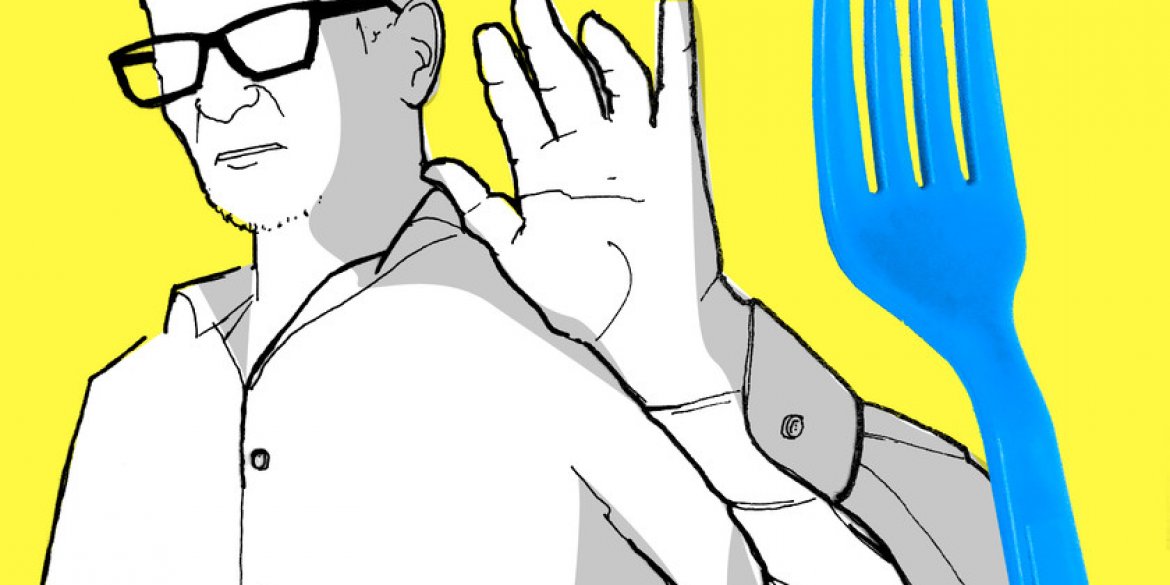How the United Nations Affects Change through Storytelling
How the United Nations Affects Change through Storytelling
The power of stories as a communication tool: Three UN organizations that crafted moving stories and lived to tell the tale
29 January 2019

We’re human, so we live for stories. When we’re little, our families and friends entertain us with nursery rhymes and children’s books, opening our minds to complex worlds that may or may not really exist. They spark our elastic imaginations.
We use our own inventiveness to add new stories to history’s endless collection.
So, you probably won’t be surprised to learn that storytelling is an effective way to grab attention online. Learn about three UN organizations that crafted moving stories and lived to tell the tale.
People are Powerful

“The streetlights are not only important for me, but for the whole village," said Alissar, a 17-year-old from rural Lebanon. “They’ve changed our lifestyle for the better.” In Lebanon, where access to electricity, hot water, and other basic services is unreliable, UNDP helps provide affordable, renewable energy to local communities.
In 2017, UNDP published a multimedia story that introduces three Lebanese women: Alissar, Asma, and Sahar. Alissar, we learn, is lucky to live in a town with solar-powered street lights. We see her face first, in a cinemagraph, the edges of her mouth curling up into a slight smile.
After we learn about her lofty plans and fiery spirit, we are prompted to 'support women like Alissar.'
Instead of reading vaguely about these women’s lives, they invite us into their kitchens, bedrooms, and living room sofas. UNDP zooms in on specific stories that belong to real people. They are not lumped together, but acknowledged as separate individuals facing different challenges. Plus, the story is available in three languages—English, Spanish, and French—increasing its online reach and impact.
Millennials are Media Savvy

They are roughly 18 to 32 years old, and they are not impressed by traditional communication campaigns. And nothing will make them click away faster than stock photography. (In fact, they mock it.)
UN Women is a prominent example of an organization with fresh, Millennial-friendly communication ideas. In 2018, UN Women recognized the International Day for the Elimination of Violence Against Women with an interactive platform.
Users were invited to create short stories about their own experiences, and share them on social media.
UN Women meets Millennials where they live—online. The organization seized on a cultural moment, the #MeToo Movement, and asked its readers directly: What do you think? What’s your story?
Nearly 90% of Millennials believe authenticity is important when it comes to liking and supporting brands. Most of them also believe that user-generated content is more authentic than material produced by a company or organization(!).
Inspiration Sparks Action

Picture this: It’s World Environment Day. You’re pretty busy with your day job, and not the kind of person that jumps to civic action just because of something you read on the internet. But, you’ve just finished reading UN Environment interactive article, and now you’re playing a global game of tag and organizing a community cleanup.
UN Environment uses a scroll-driven story to illustrate the problem, and then explains ways to get involved and #BeatPlasticPollution.
The story unfolds as the reader scrolls down, revealing plastic falling from the computer screen’s sky and piling up over time.
At the end, readers are invited to join the global movement by registering and finding events.
There are various forms of interactivity at play here: “scrollytelling”, gamification, and a call to action. UN Environment isn’t telling people what to do, but does suggest that they should do something. And they have options: tweet using the campaign’s hashtag, organize an event, play a game.
People usually read articles, share them on Facebook, then forget about them. By giving the reader concrete (optional) tasks after they finish the story, you invite them to participate at the right moment: post-inspiration, pre-social media share.
Your Turn
When it comes to storytelling, creativity is your superpower. You can tell a story in a million different ways. It’s up to you and your organization to brainstorm, make decisions, and plan for its debut.
That’s where design thinking comes in! The next article will supply you with the basics. Hint: It has everything to do with curiosity, and nothing to do with color palettes.
Learn more about digital storytelling. Check out the details from the Turin Centre's Communication for Development Course.


